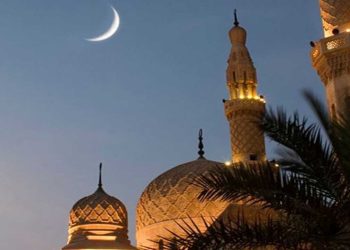In a recent interview, a member of a royal family that traditionally held what is now a scenic district of Pakistan’s Gilgit-Baltistan region said he made the decision to convert a portion of his home into a museum in order to preserve his region’s culture by gathering its historical artifacts.
Muhammad Hassan Khan Amacha, a medical doctor by profession, still lives in Shigar, where his family previously controlled. Because it is a popular tourist attraction and the primary entryway to the second-tallest peak in the world, K2, the region is well-known throughout the world among hikers and high-altitude climbers.
“There is no connection between my profession and the museum since I am a doctor,” said the 78-year-old owner of the facility. “However, I belong to the royal family and over 50 items and a few books displayed here come from my own house.”
Asked about his motivation to undertake the project, Amacha said that he wanted to keep the history of his forefathers alive.
“I am also writing a book on Shigar,” he continued. “Its content is almost ready and tells the story of this place and its rulers.”
He said that his decision to build the museum elicited an enthusiastic response from the residents of the area.
“Many people decided to present rare and valuable items belonging to their forefathers to me,” Amacha added. “Some also sold interesting artifacts in their possession. Now there are over 200 items in the museum.”
Among the museum, asset is a 10-foot-long antique firearm which is thought to be over 400 years old.
“There are 18 rifles in the museum,” he said. “The length of one of them is 10 feet and I have not seen such a weapon in any other part of the country.”
According to Amacha, the weapon was used in a conflict in 1634 when Shah Jahan’s Mughal army attempted to capture Baltistan.
He maintained it was specifically designed for the war which had to be fought in the mountainous region.
Other museum items include local kettles, stone pots, and hookahs which were preferred by smokers in the olden days.
“The long rifles, pitchers, samovars, and stone pots are my favorite,” he said while curating the facility with pride. “One of the pitchers was found a few years ago when a resident of Shigar was digging the land to build a house. It is also the oldest thing here.”




